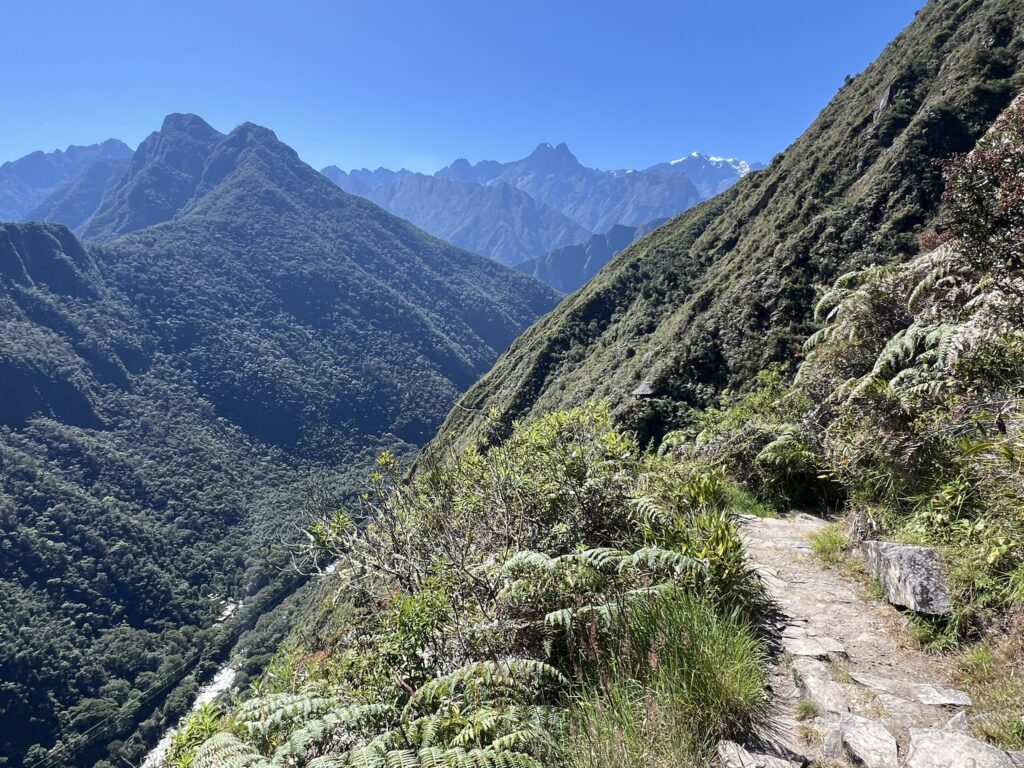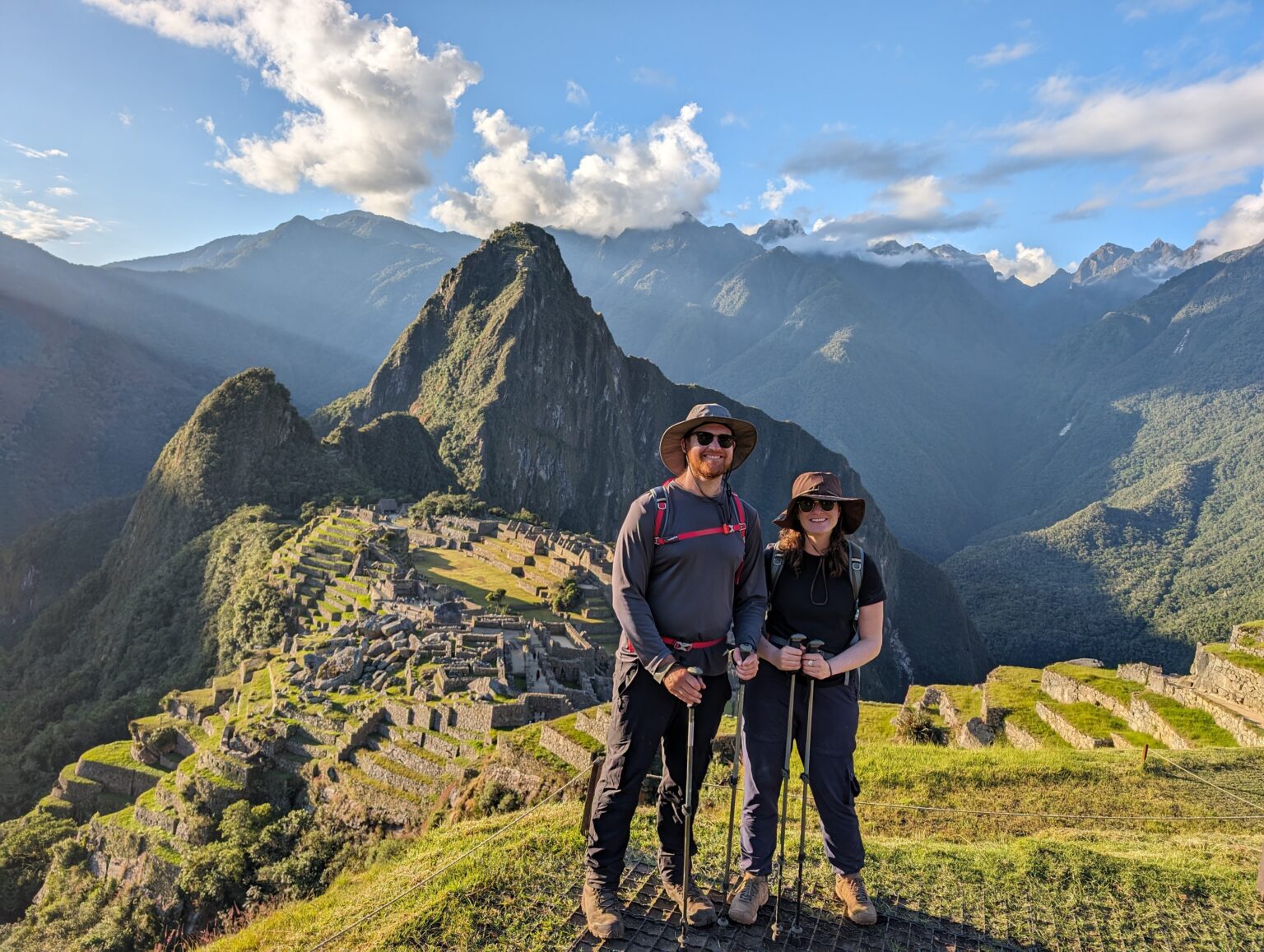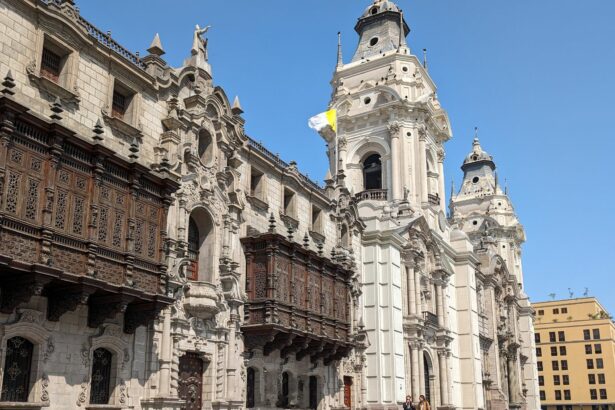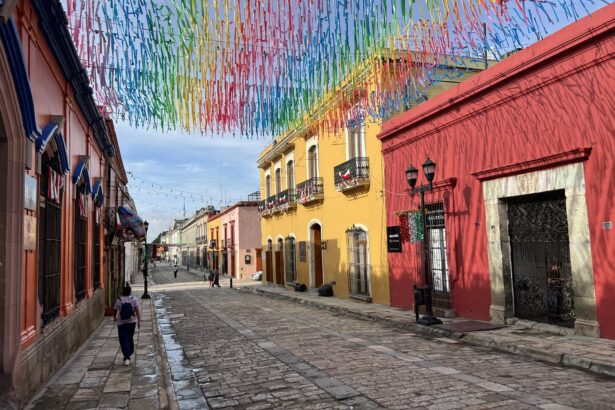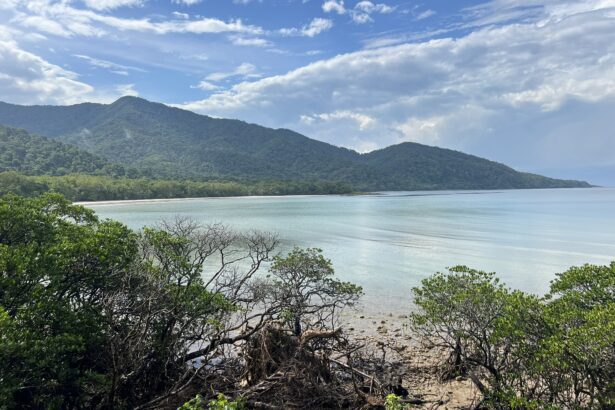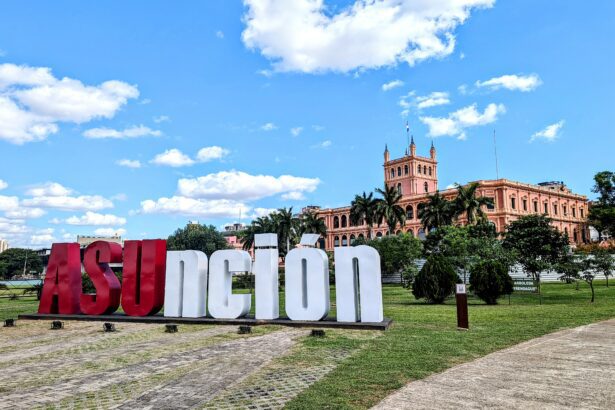The 4-day Inca Trail Trek to Machu Picchu is the top hike in Peru but permits sell out fast. We did the 3-day Lares Valley plus 2-day Inca Trail alternative trek to best explore the Machu Picchu area.
Best Thing I Ate This Week
Lomo Saltado by Chef Julius from Alpaca Expeditions
During the treks with Alpaca Expeditions, a chef is assigned to your group to prepare fresh food throughout the journey. The company takes pride in providing delicious meals that give you plenty of energy to traverse great distances daily. Each year during the rainy season, Alpaca brings in a head chef who works with their team on new recipes and techniques to improve their culinary skills. The Alpaca chefs prepare the food for the hikers on the trek and for each member of the traveling party such as porters and guides. They are highly talented and, on top of everything, also hike the entire trail at a fast speed so they have time to cook the meals for everyone.
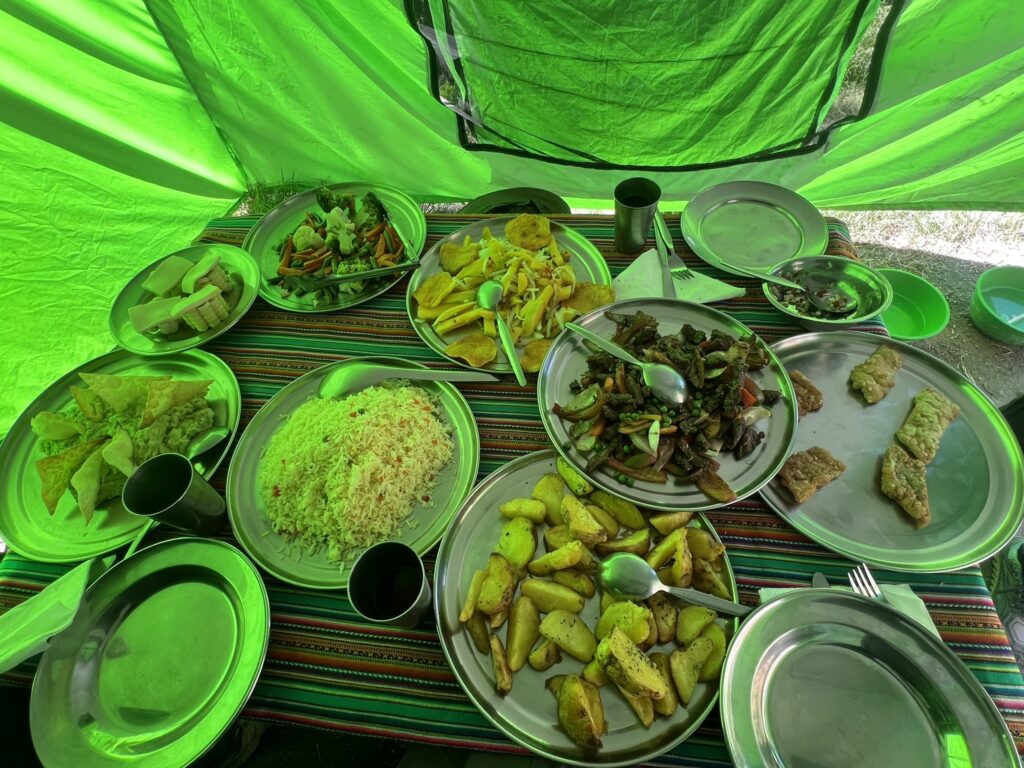
After a long day of uphill hiking, Chef Julius prepared us a special lunch feast for our last day. It included Peruvian specialties such as mango ceviche and choclo con queso as well as a large platter of guacamole. To top it all off, he cooked a lomo saltado that was paired with chaufa rice and crispy potatoes. As usual, the quantity of the dishes was enormous, and, above everything else, the lomo saltado stood out due to its amazing flavors.
Lomo saltado is a Peruvian dish that has incorporated the Cantonese flavors of Chinese immigrants. Tender marinated steak is pan-fried with onions, red peppers, and other vegetables. The vegetables and beef are then served with the chaufa rice and flavorful Andean potatoes. All of the items complement each other and make for a memorable dish that is one of the most popular in the entire country of Peru.
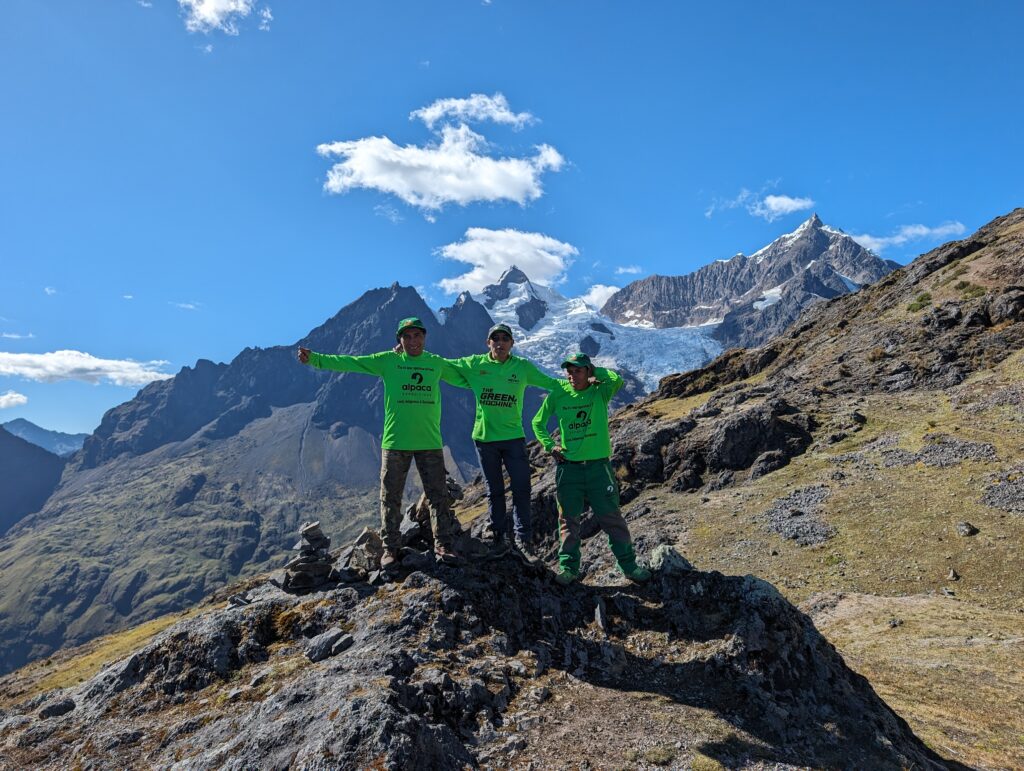
Every item prepared by Chef Julius had great flavors but was also incredibly fresh. In particular, the Andean potatoes were so good and likely came from somewhere near our hiking trail. During our trek, we passed by Andean farmers harvesting potatoes using methods passed down from their ancestors who cultivated over 4,000 varieties of potatoes. The lomo saltado, chaufa rice, and potatoes combined to make this dish a great way to conclude our final day of hiking.
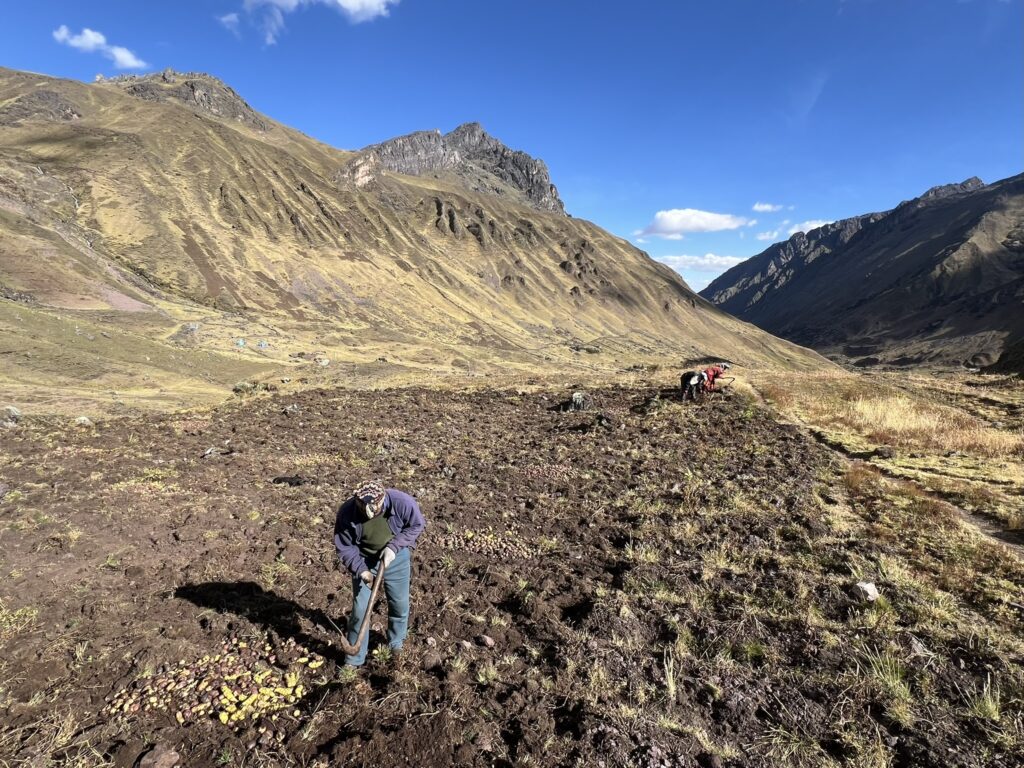
An Interesting Fact I Learned
The citadel of Machu Picchu was a multiple-use complex
People travel from all over to visit Machu Picchu, known as one of the 7 Wonders of the World. Many people know that the complex was part of the Inca Empire and those who seek out the Camino Inca (Inca Trail) might also know it was considered an important spiritual site that many went on pilgrimages to visit. One of the best ways to learn more about Machu Picchu is to go on a guided tour, and our guide Luz Marina was passionate about sharing more about how her ancestors used this incredible place.
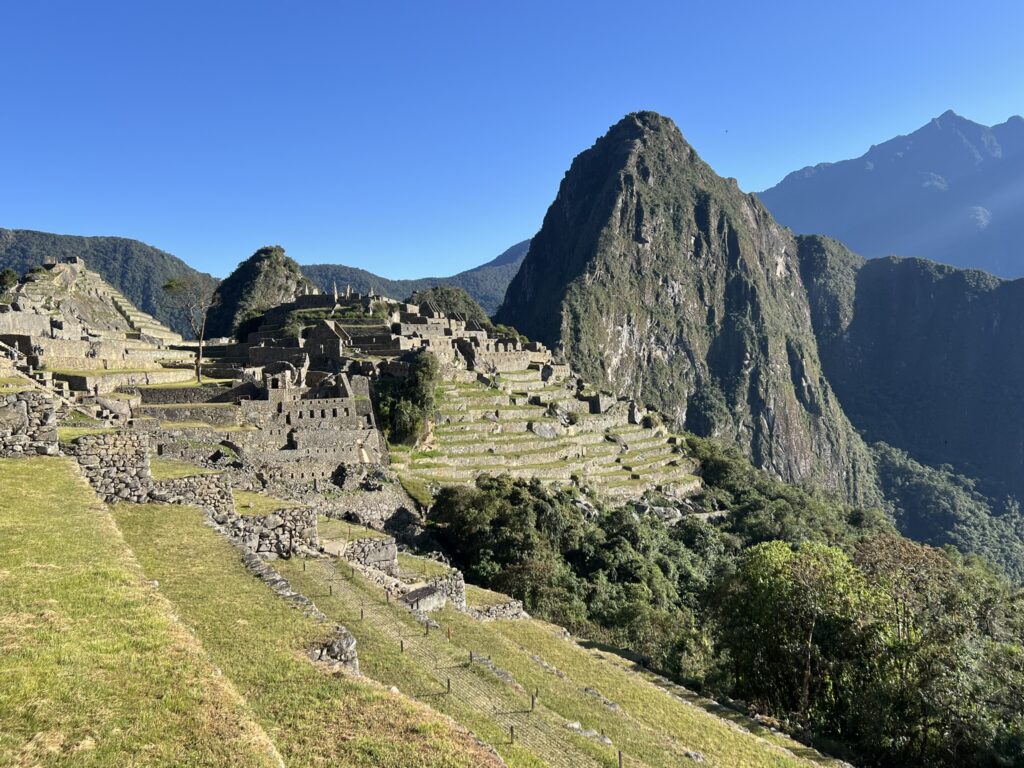
We took one of the earliest buses from the town of Aguas Calientes to arrive at Machu Picchu for our guided tour of Circuito 3 in the citadel of Machu Picchu. The afternoon prior we had visited Circuito 1 which is famous for its picturesque vantage points of the citadel and is generally the most popular route for one-day visitors of Machu Picchu. Our visit started with a few more amazing views of the citadel before actually entering the complex.
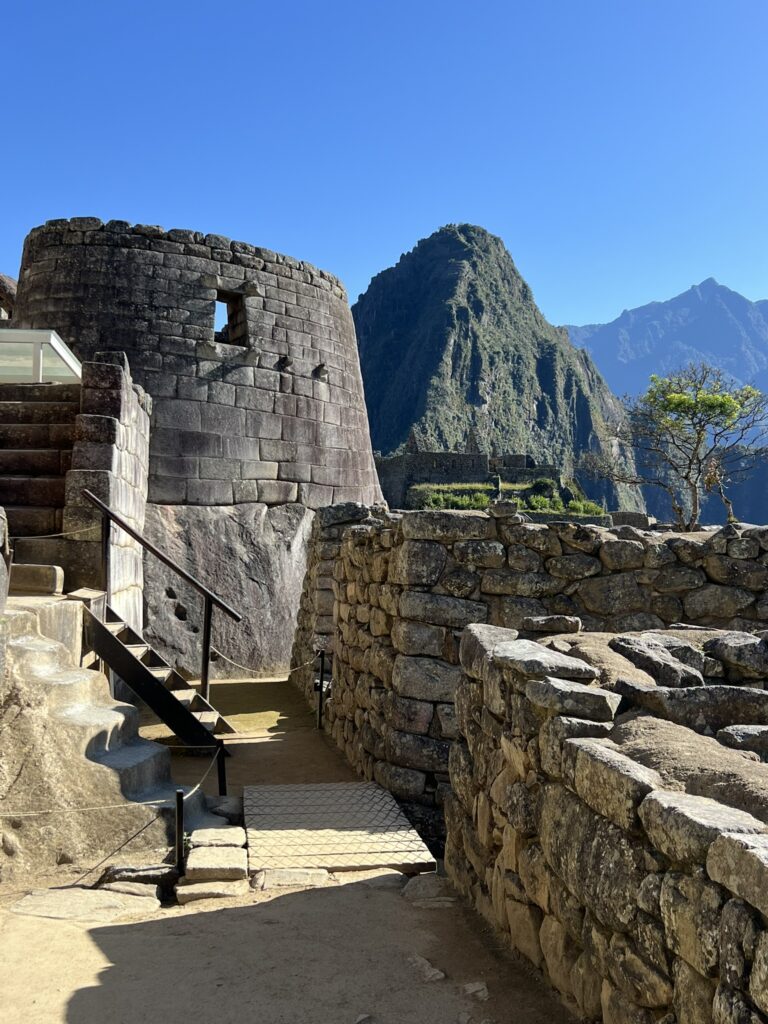
Our first stop on the tour was at the farming terraces where we learned that food was grown on-site and preserved in refrigerator-like storage containers. We then progressed over to the royal house and religious sector that contained the famous Sun Temple. The temple was built so that on the annual solstices the sun would shine perfectly through its windows and once a year beamed directly into the temple through the Sun Gate entrance above Machu Picchu. We continued our tour with visits to houses of other nobility and even a school. The tour ended by passing through common houses and stopping at other religious sites such as the Temple of the Condor where we learned about the sacrifice practices of the Incas that were done as offerings to the gods for good weather and fortunes.
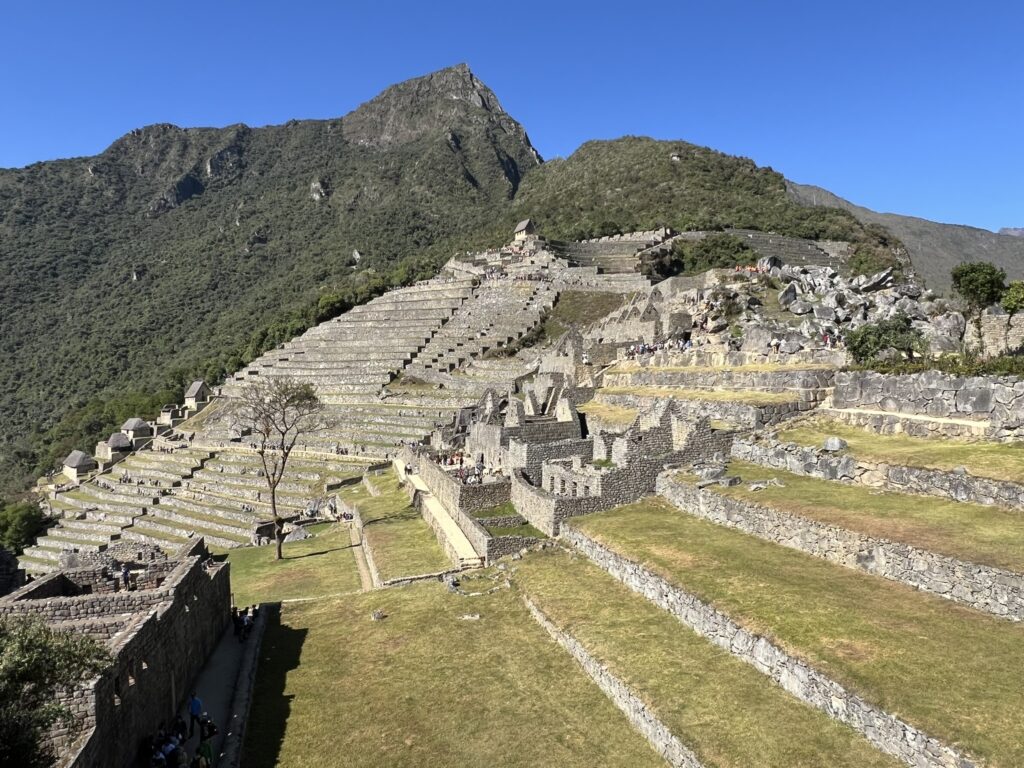
Machu Picchu was a multi-faceted complex that was a significant religious destination for the Incas. When the Spanish arrived the Incas abandoned the complex and it lay undiscovered to the international community until 1911 when local community members brought Hiram Bingham to the ruins they had discovered. Today much of the ruins have been cleaned up, and, while on site, we saw workers continuing to maintain the grounds. Our guide told us that archaeologists are still working to restore portions of the complex and change the walking routes for visitors meaning future visits may lead to new areas to explore and details to be learned.
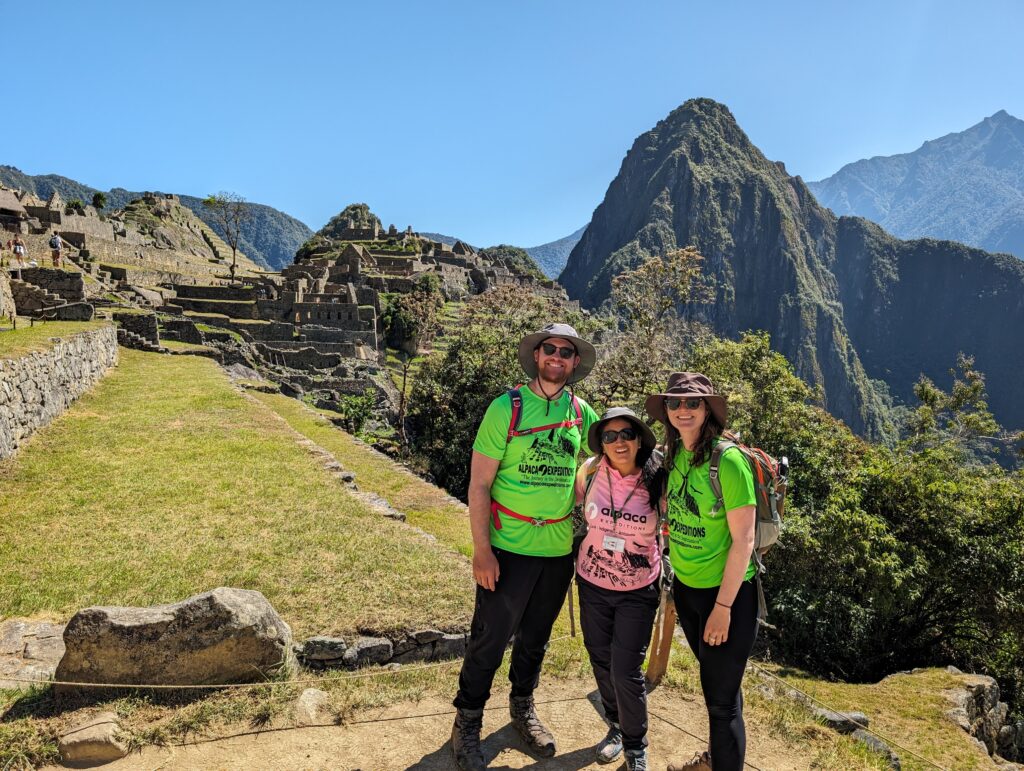
My Travel Tip of the Week
Consider the 3-day Lares + 2-day Inca Trail Trek to Machu Picchu as an alternative to the 4-day Inca Trail
We read online that the Camino Inca (Inca Trail) is a must-do hike when visiting Machu Picchu. However, we were only booking a few months out and there were no permits available. We later learned that people reserve all the available Inca Trail permits many months out, especially during the dry season, which is when we had planned our visit. Feeling disappointed we started looking at alternative treks and were very interested in the Salkantay Trek based on recommendations from friends. It seemed like an extraordinary journey, but we also came upon the Lares Trek which appeared less trafficked and focused more on learning about the current Andean communities that are direct descendants of the pre-Hispanic cultures. A bonus of the Lares Trek was that there was a 2-day extension offered to hike the most iconic portion of the Inca Trail to the Sun Gate and watch the sunset in the evening over Machu Picchu.
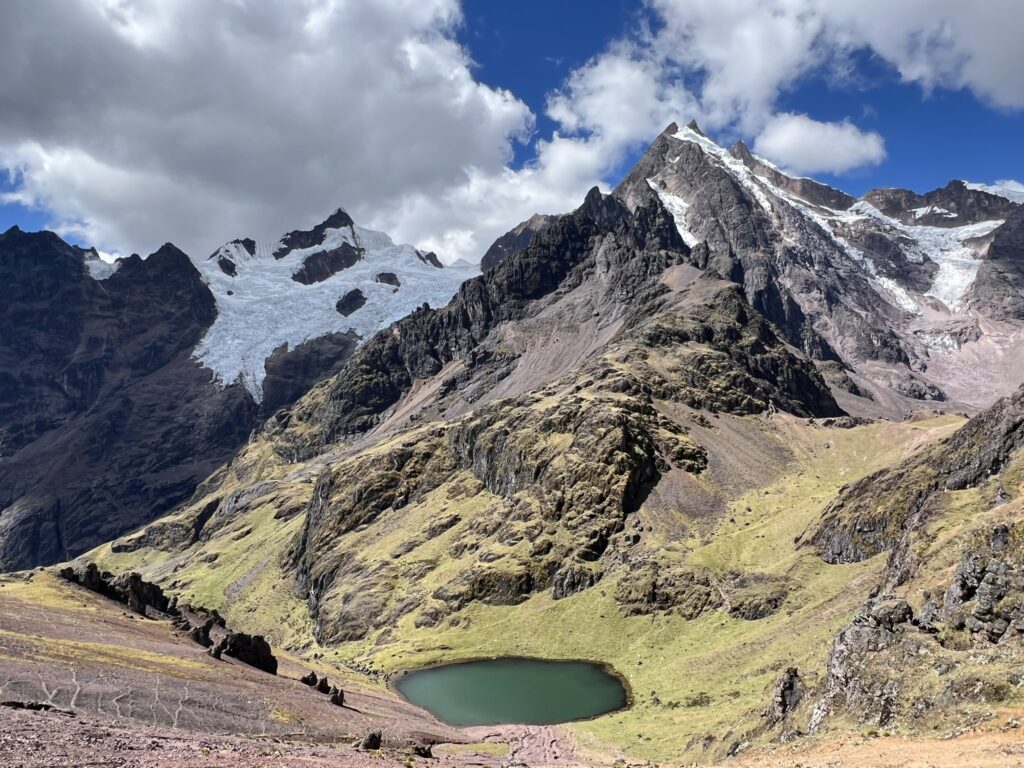
After seeing the magnitude of tourists in Cusco, we were hoping that the Lares Trek would be a nice break from the large crowds. During the 3-day, trek we only passed by 2 other small groups of hikers, and both times it was at a campsite. This meant that the entire trail was just our small group, beautiful scenery, regular run-ins with herds of llamas or alpacas, and interactions with the communities who lived in this remote part of the Andes. It was an incredible break from the tourist-filled activities of Cusco.
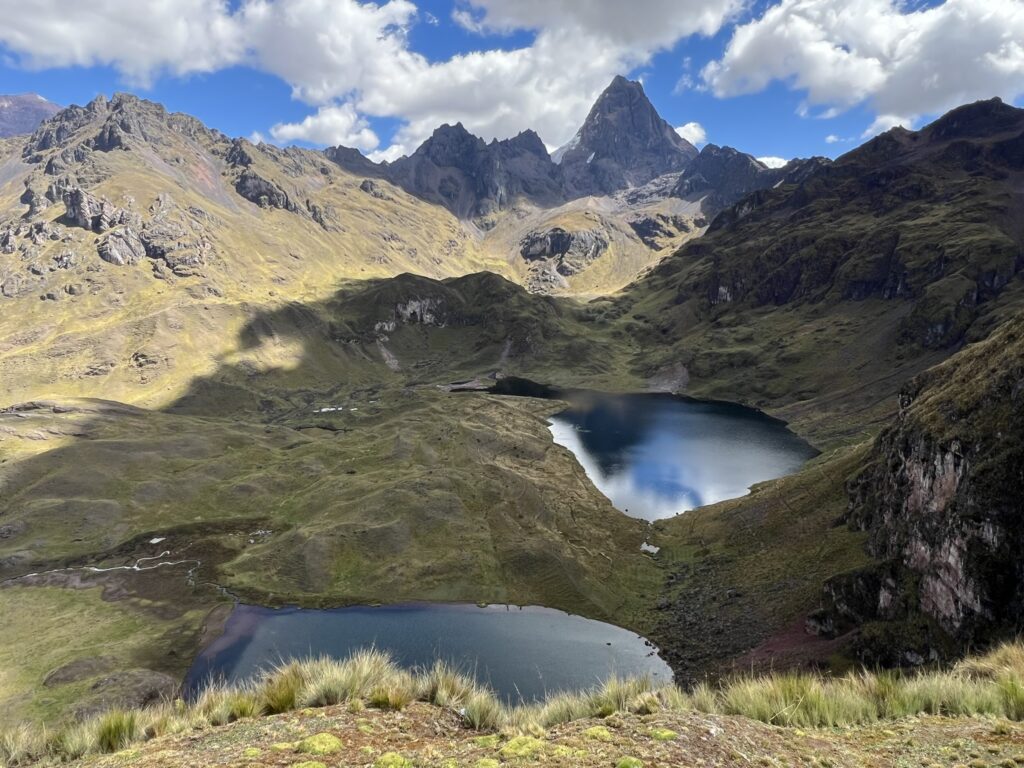
One of the most meaningful aspects of the trek was meeting with the local community members. Alpaca Expeditions makes sure that the guides of this trek speak Quechua to communicate with the local people. Our guide Max grew up in a Quechua home and knew the native language fluently. Many people we met didn’t know Spanish so he was able to translate for us. Part of the tradition of the hike is to bring snacks for families and toys for the children. Every time we spent time getting to know them, they would light up. The people were so grateful for the gifts and food that we brought them.
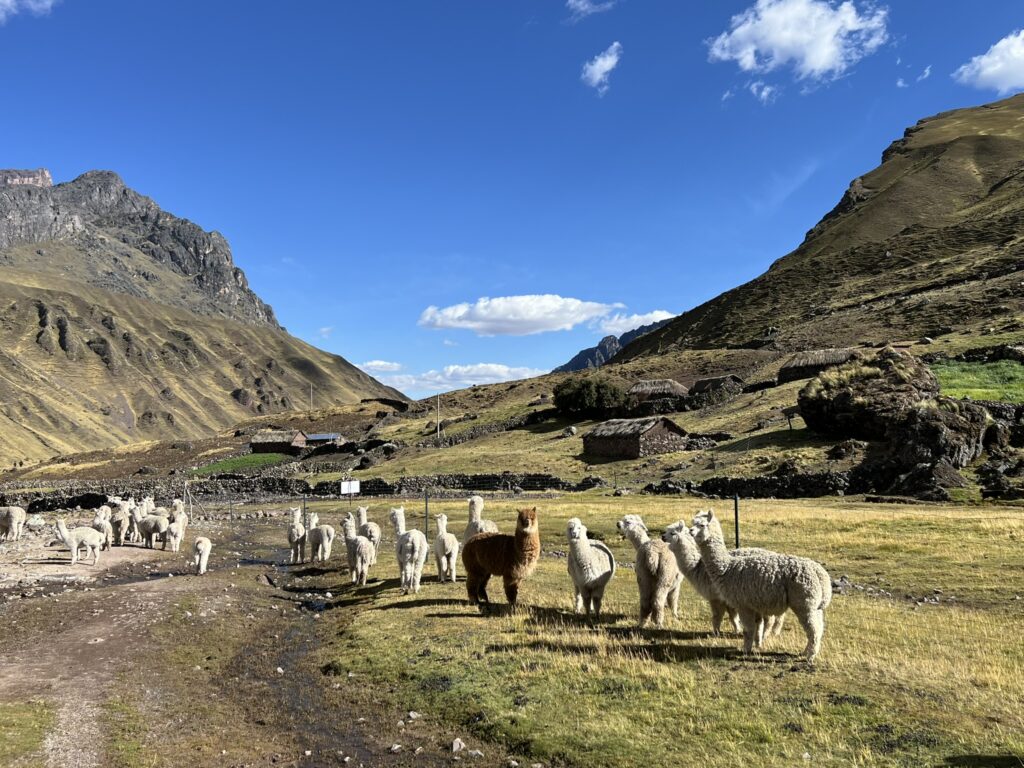
After a rewarding 3 day cultural, hike we were ready to join the highly trafficked Inca Trail. To our surprise, there was not an excessively large number of people getting off the Machu Picchu train at KM 104 to do the shorter Inca Trail. While we did share the trail with other groups, it was spaced out enough that many portions of the hike were just our small group. This made it easy to take in the incredible views of the jungle and Inca ruins that we passed along the way.
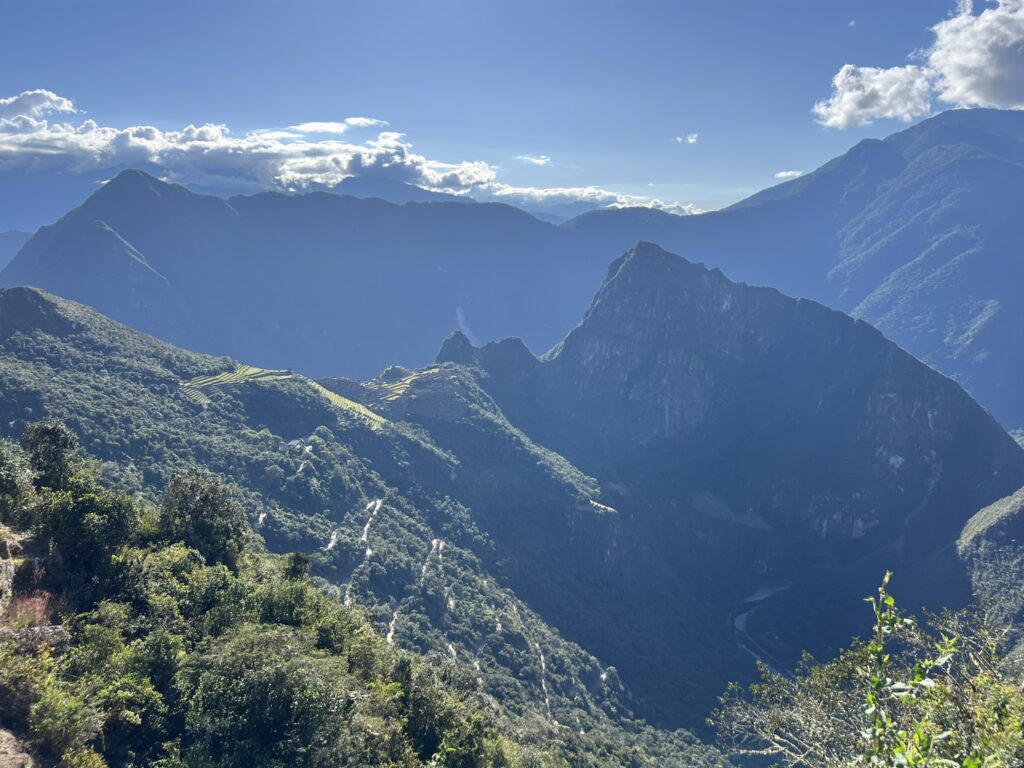
When we made it up to the Sun Gate, our guide allowed us some additional time to appreciate the beauty of the sun shining on Machu Picchu below. Upon arriving at the iconic platform overlooking Machu Picchu, we again had plenty of space to enjoy the views. Since it was nearing closing time, there were no day-trippers left and only a few other hiking groups were on the platform. As the sun set behind the mountains we had incredible views of the rays shining on Machu Picchu. Our guide allowed us to stay additional time here as well and at one point we were nearly the only people still at Machu Picchu. As we walked down to the bus, it felt like we had the whole place to ourselves, and I would highly recommend the combination trek to have what felt like an exclusive cultural experience.
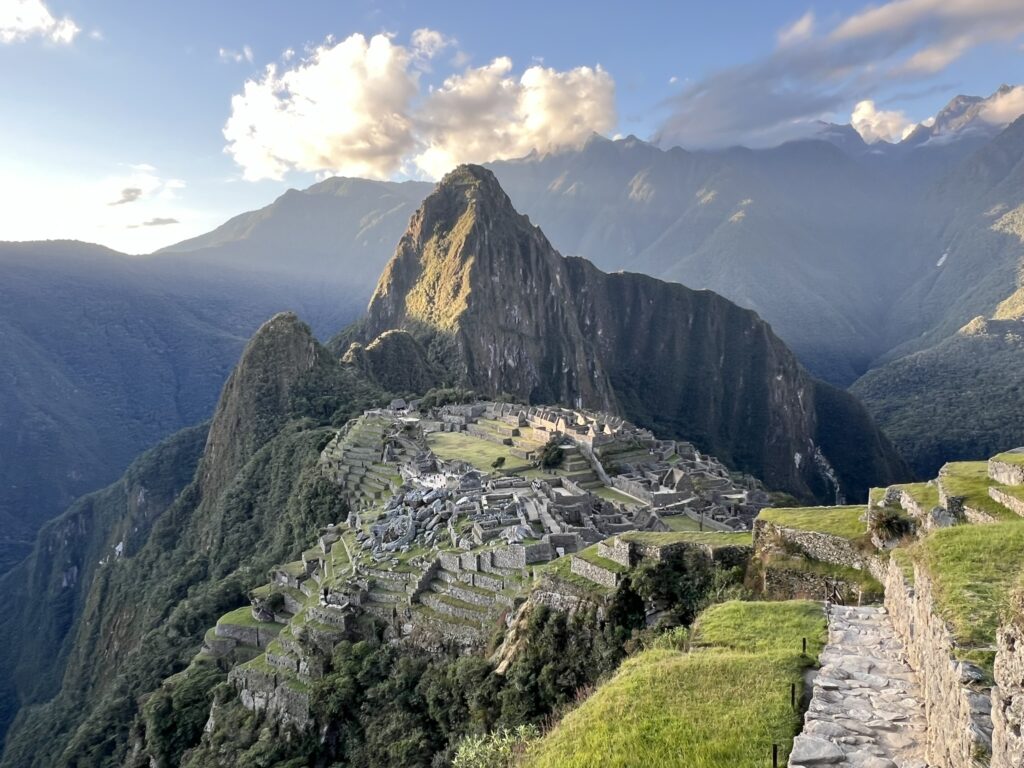
My Additional Anecdote This Week
Top tour agencies make a huge difference in overall experience
After the 5-day W-Trek, we knew that we could do a long multi-day trek physically but were uncertain when we would be motivated to stay in tents again. After a few recommendations, we decided we would be willing to camp for the 4-day Inca Trail. The tough part was finding a company to book within Cusco because there were so many that offered this tour as part of their services. After some research, we identified Alpaca Expeditions as the company that we wanted to book with because of its founder Raul. Raul grew up in the communities surrounding Cusco and had experienced life as a porter. He wanted to create a company that cared for all of its employees and gave back to the less fortunate communities. After founding his own company in 2012, Raul has grown it to be the #1 trekking company in Cusco.
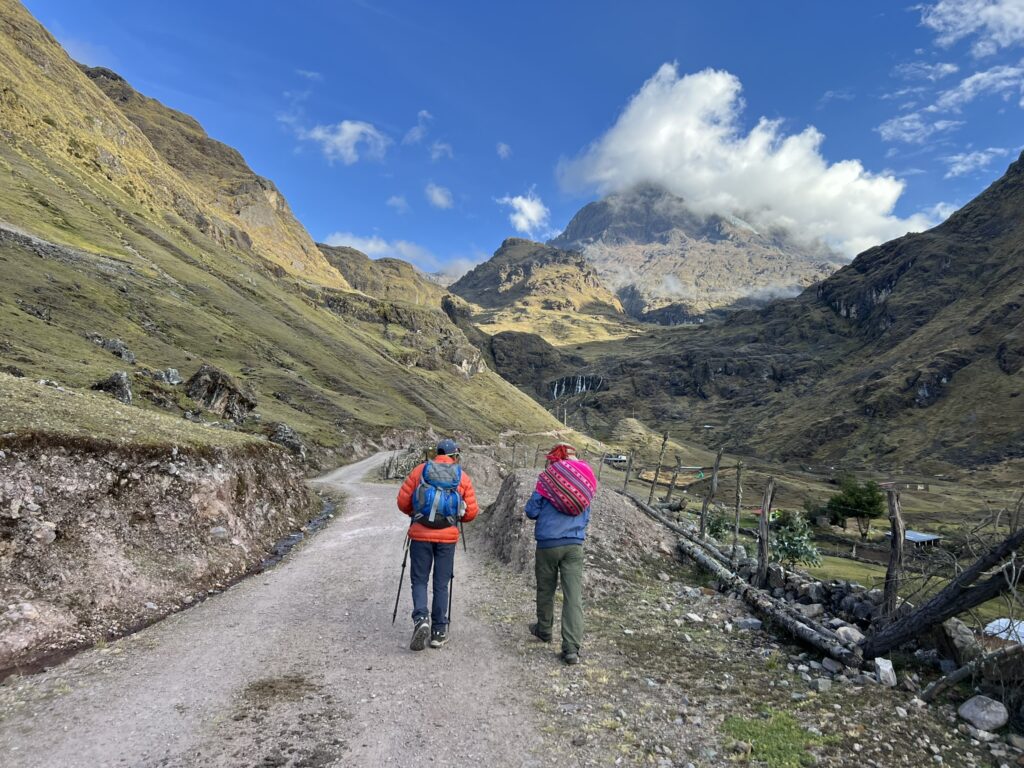
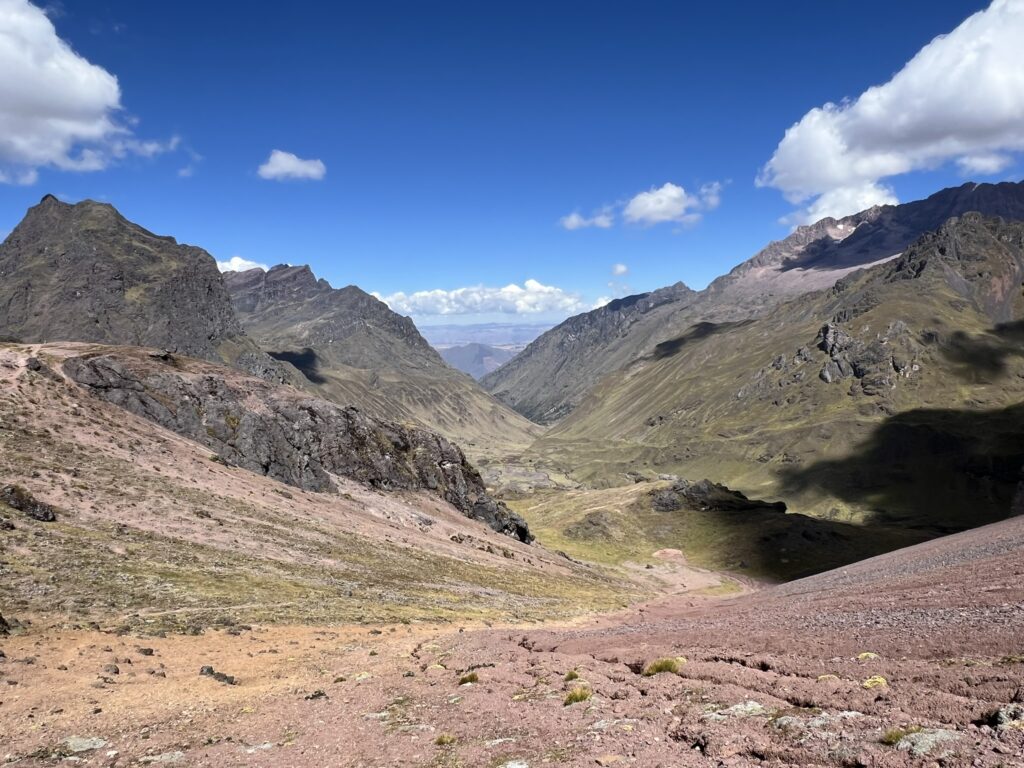
We reached out to Alpaca Expeditions with a proposal and plan of how we could partner together. Raul was particularly happy that we wanted to do the Lares 3-day alternative trek that would highlight the Andean communities and a lesser-known trail. Even if we hadn’t entered a partnership, my thoughts on selecting a top tour agency like Alpaca Expeditions would be the same.
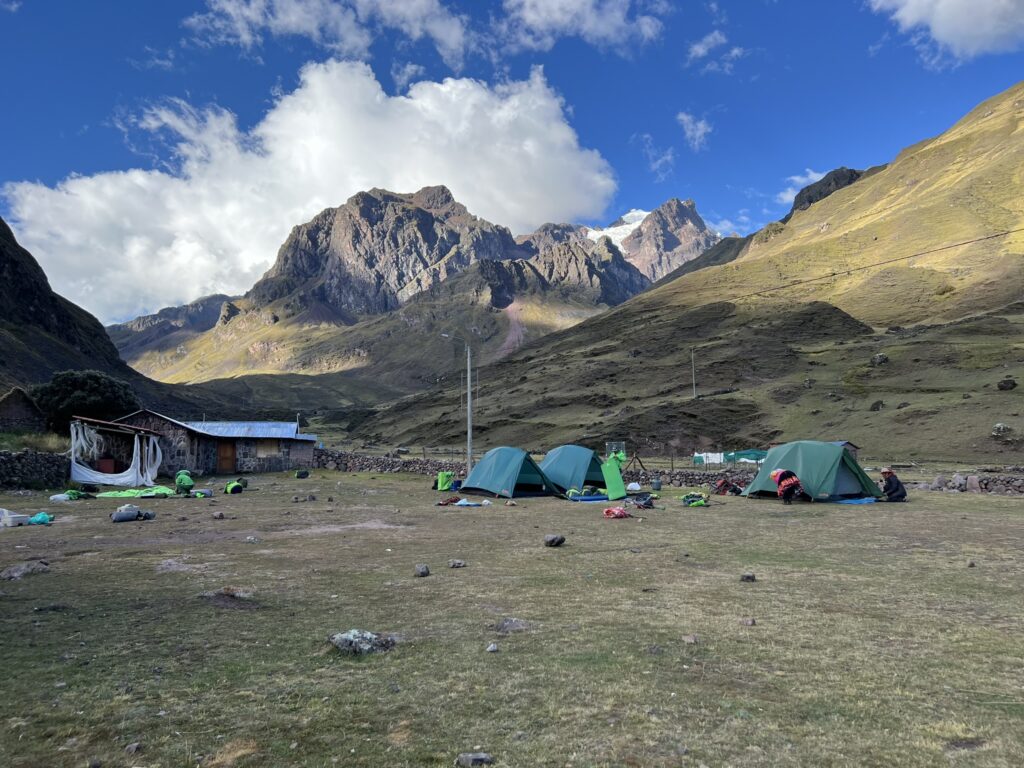
The first benefit that we noticed is that the Alpaca office team was highly professional and spoke excellent English. While most of the time we handle logistics in Spanish, it was impressive that everyone we interacted with was proficient in English. Part of Raul’s mission is to invest in his employees and this includes supporting English lessons to help give more work opportunities to the team. Another benefit was Alpaca provided a bag pickup and dropoff service directly from your lodging. This was particularly helpful for us because we intended to stay at different places before and after the hike. Beyond the services they provided, the biggest differentiator was the team that goes with you on the hike. This includes the guide, chefs, and porters. Both of our guides were phenomenal (Max and Luz Marina) and passionate about sharing more about their ancestors. We learned so much about the history of the Inca Empire but even more so learned about present-day Peru. It was remarkable to see many of the pre-Hispanic traditions and customs still living throughout the Lares Valley. Their passion and knowledge made for an even more meaningful experience for us, and we had a better context for the places we visited.
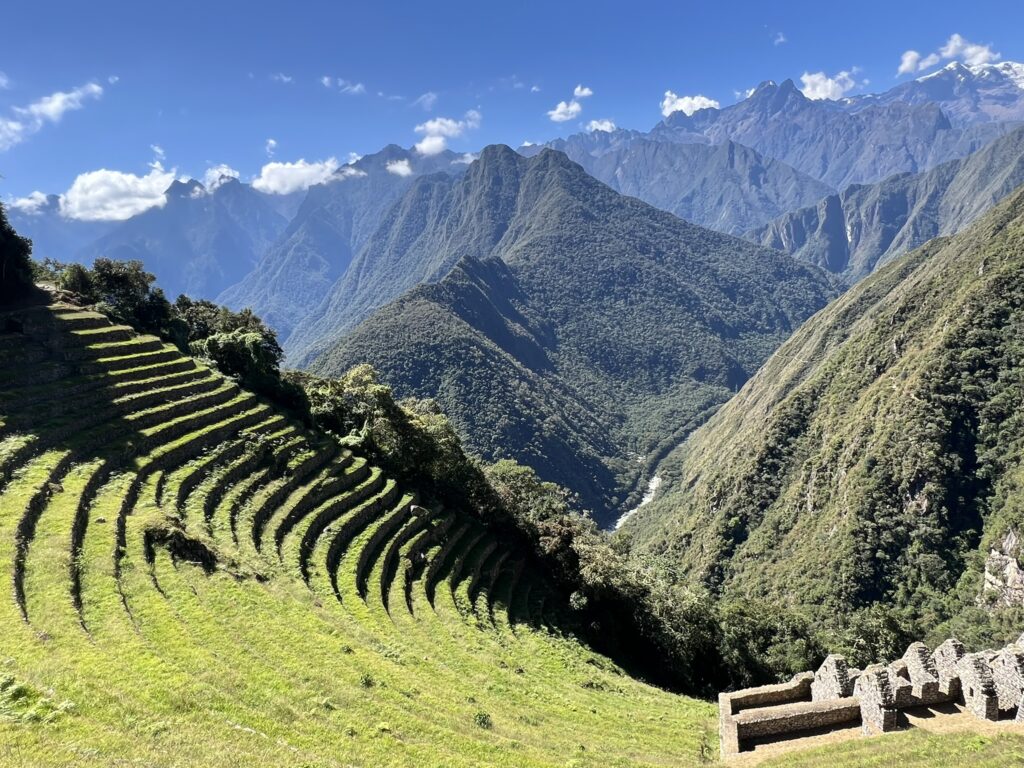
The last differentiator is that Alpaca Expeditions really cares about its employees and the community. While the price may be higher than other companies, we learned from our teams that they do follow through with caring for them. Luz Marina, for example, was the only woman tour guide we saw during our Inca Trail hike, and Alpaca also employs women as porters. Few other companies offered this opportunity before Alpaca but are now trying to do so. Additionally, Max seemed to genuinely care and know the people we encountered on our Lares Trail hike. He shared with us more about the hardships in their lives and how the gifts truly were a meaningful gesture. Coming away from this experience reaffirmed to me that if you are financially able then investing in a top company like Alpaca Expeditions is truly worth it for the enhanced experience for yourself, its employees, and the communities it serves.
